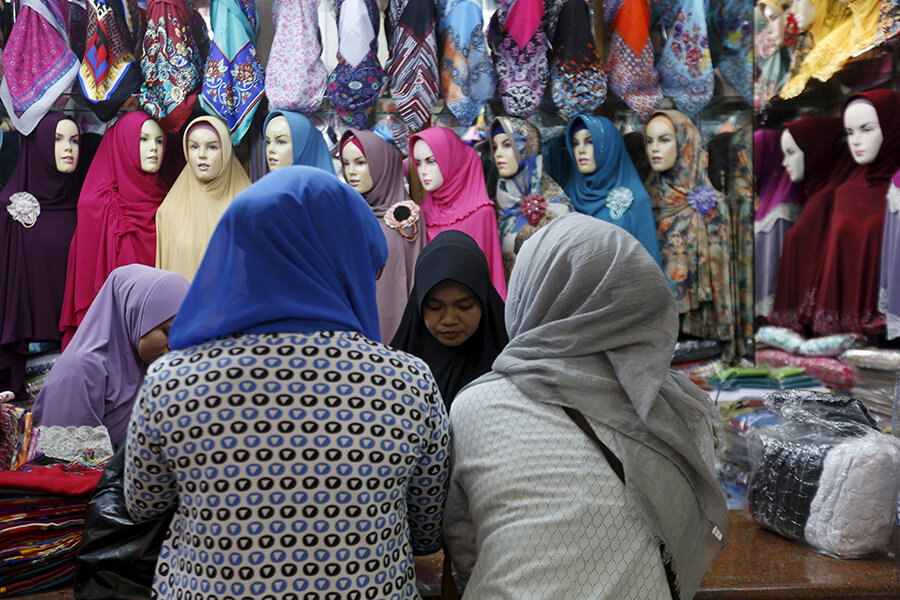Iranian women are taking to social media to declare freedom from hijab
Loading...
What began as a humble post by a journalist online is sparking a quiet movement in Tehran.
"My Stealthy Freedom," a Facebook page created by an Iranian journalist and activist, is being amplified by the public support of Iranians who are taking part in its powerful message: shed the compulsory hijab in a country where it is illegal to do so.
At first, Masih Alinejad's page was a place for her own advocacy. A journalist and activist for religious freedom and women's rights, she left Iran in 2009 to pursue an education in the UK. Her first post on the topic of hijab was two self portraits, a photo where her head is covered and another where it is not, captioned, "“Hijab is being forced on women not only by the Morality Police, but also out of consideration for family, through wanting to keep a job and because of fear of judgment from others."
She was soon inundated by friends sending her photos with their heads bared.
Now women in Iran, Tehran in particular, are taking the campaign further by videotaping and photographing themselves in public spaces with their heads uncovered. They then send the videos and photos to Alinejad with their own messages of the experience, and she posts them to her page.
“Every individual story makes me really happy,” Alinejad said in a video on Vox of her page, which now has more than 825,000 likes and hundreds of posts. The women "just want to feel the wind through their hair.”
Alinejad also describes in the video how women who wear hijab still send messages of support: "I believe in hijab, but hate enforced Hijab!" one post says.
The law making hijab compulsory was passed in 1983, a few years after the Islamic revolution. It is illegal for any female over the age of 7 to be out in public without the hijab, a type of Islamic veil that covers the head and neck. According to the Iranian government, 3.6 million women were disciplined in 2014 for "crimes against public prudency and morality," which can commonly refer to dress code violations, according to Vox.
Push-back from the theocratic government has been swift and fierce. According to Alinejad, in an interview with The Independent, she has been the victim of a smear campaign by the Iranian propaganda machine, which spread a rumor that she had been the victim of a rape that her son witnessed.
This type of messaging has been pervasive. Iranian newspapers have quoted officials saying that women who have shed the hijab are victims of assault and rape, but that their actions warrant such a response from men.
“One Conservative analyst went on a website to suggest that if a women does not wear the hijab then if a men has sex with her against her will she cannot call it rape,” Alinejad said in the same interview with The Independent.
She went on to point out that the public Facebook posts by Iranian people, women in particular, both counteract the Iranian propaganda machine as well as critically undermine the Morality Police's ability to use fear as a tactic to enforce laws.
“Iran is for all Iranians. Iran is me and my mother. My mother wants to wear a scarf. I don’t want to wear a scarf," Alinejad said in the video. "Iran should be for both of us."







